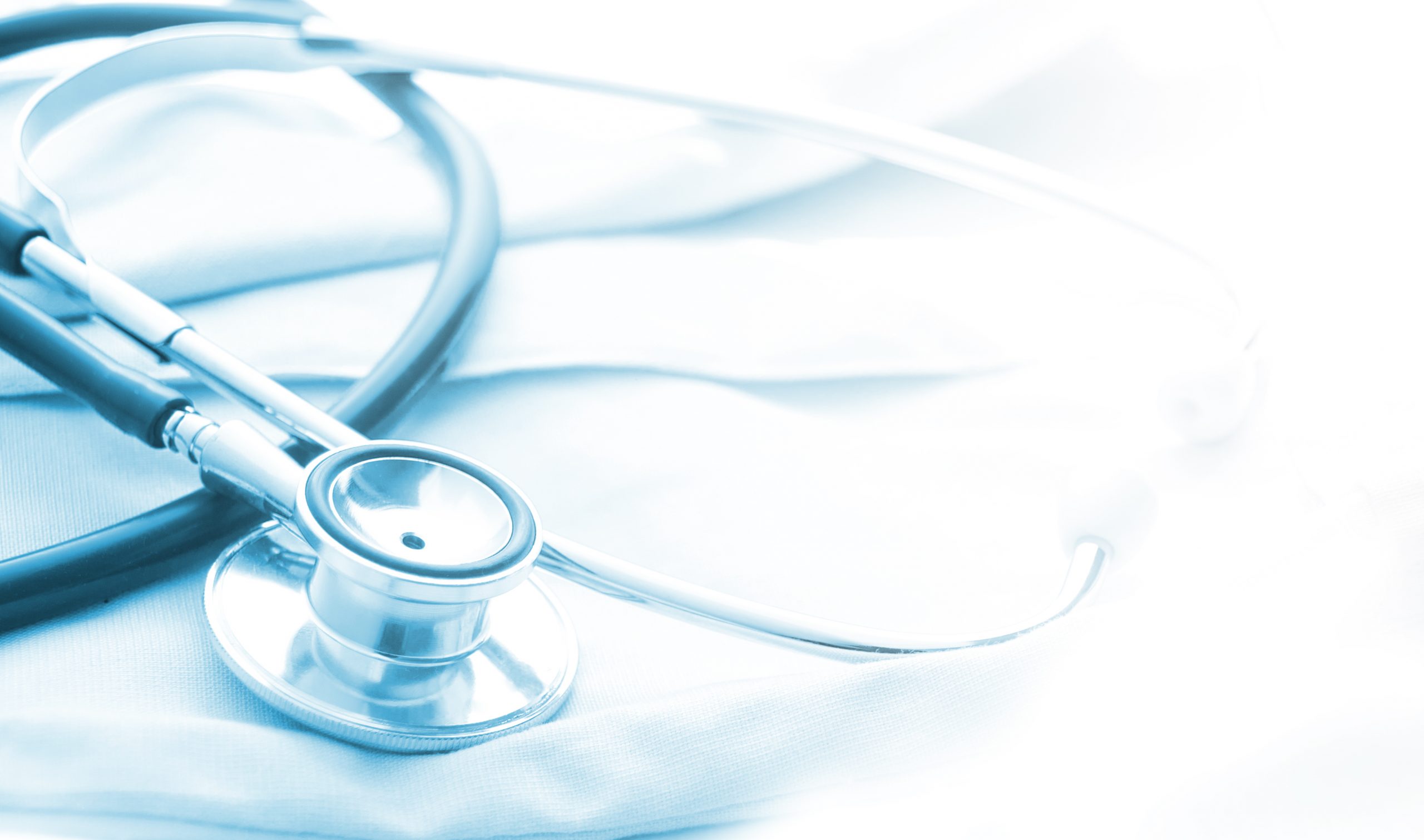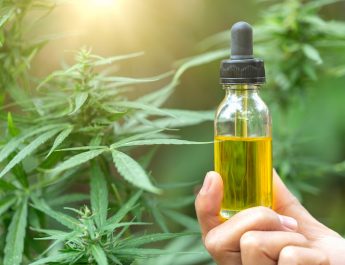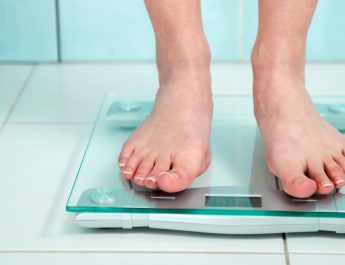As a leader of healthcare services and healthcare access, the United States continues to be a society in which there are considerable variations to the access of healthcare, especially among those who are of lower socioeconomic class, resulting in millions of uninsured.

While, as a general population, we may consider our healthcare system and access to healthcare to be one of the best in the world, the fact is, there are many inequalities. Aside from emergency room care, individuals who reside in rural areas, coupled with those who are limited or no access to health insurance, tend to have little to no access to healthcare. There are medical spas out there that are really good for your health, while just like other medical services you will find that [google_bot_show][/google_bot_show]Medical spa marketing can be quite tough making it really difficult for people to learn about the benefits of medical spas.
In fact, in most physician offices, outpatient departments in the hospital, and even access to home care, the individuals in the United States who are using these services are those who have health insurance and are in proximity to the health care provider.
If you’ve ever wondered where your family is positioned, in terms of the healthcare crisis in the United States, there are many factors to consider. Absent those over the age of 65, who have access to Medicare and Medi-gap coverages, the population most apt to receive regular healthcare, and have access to medical treatment, is the population of adults who age from 45 to 64. The theory behind this age group as having a greater number of healthcare services lies in many dynamics.
Specifically, if you are a Caucasian woman, between the age of 45 and 64, you are most likely to not only have access to healthcare but also have the necessary resources to pay for the health services and you are the most likely population sect to actually use the health care programs in the United States.
Without regard to education status and poverty level, it was found that Caucasian women seek out medical attention more frequently than any other gender or race and are the group most likely to have the financial resources to support such medical care.
Physician office visits rank highest among those who utilize medical services on a regular basis, with emergency room visits falling second, by a long stretch. As the United States continues to look at healthcare programs into the 21st century, it is important, therefore, to consider groups of individuals in our society who are not accessing healthcare as often, whether due to finances or locale. In addition, our healthcare system should also address, in addition to access and financial support, the necessary measures to promote preventative health. With research also showing those of Asian descent to be the least likely to access Western healthcare, we may consider looking to alternative healing as a viable option to traditional medicine.

As you consider who will get your vote in the next Presidential election, or election for any state or local official, the issues of healthcare are important. While many candidates focus on the creation of a universal healthcare plan, a part of this program and platform should also include discussions about the importance of preventative medicine and alternative healing practices. In doing so, we can create a more universal and global healthcare system and, ultimately, reduce costs to ensure every woman, man, and child can obtain healthcare without regard to their location, ability to pay, and socioeconomic status.




